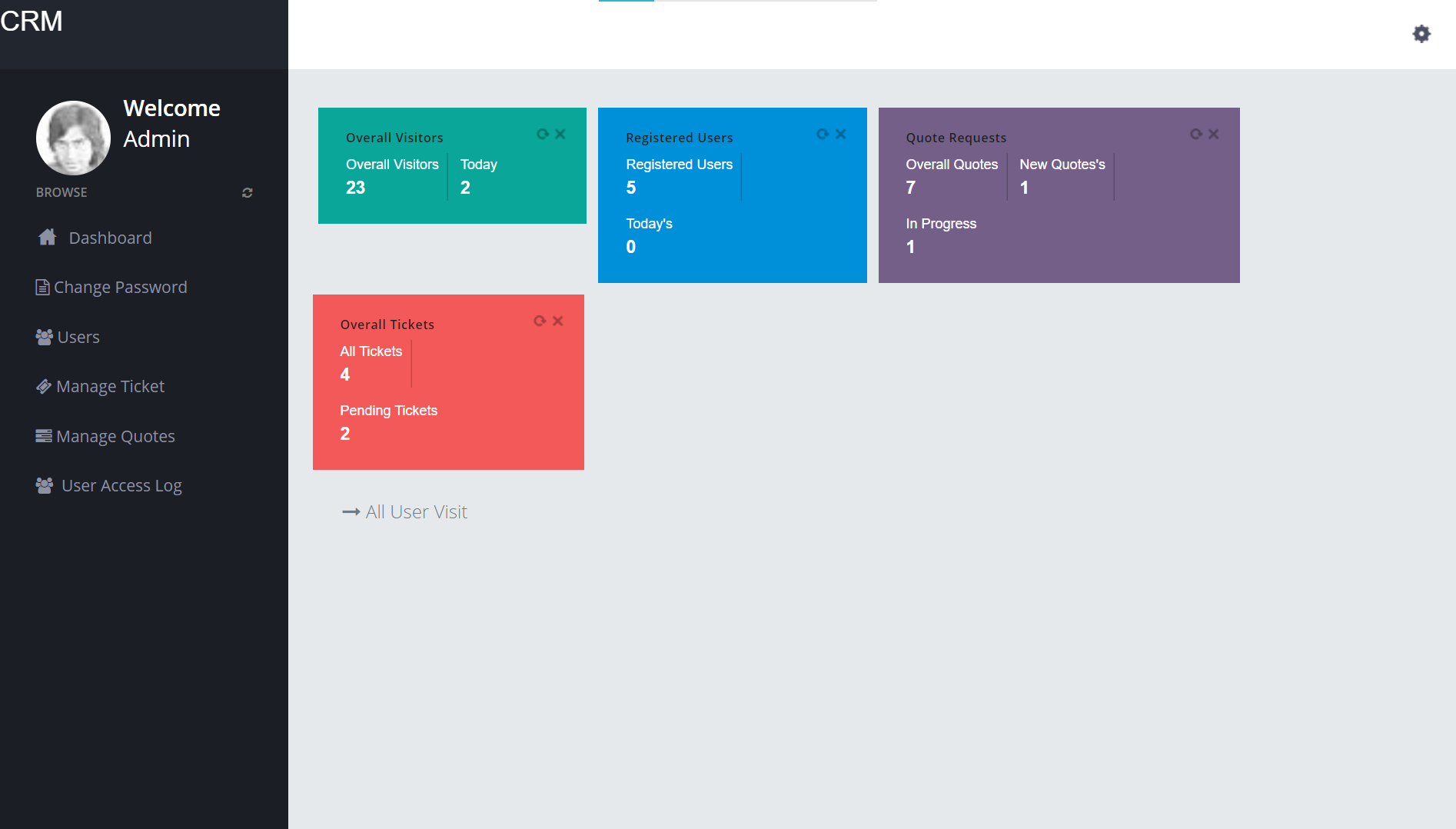

You have a few options for finding the name of your SQL server before and after you connect to SQL Server. A new log is created every time the SQL server restarts. File names that end with numbers are previous log files. The file name that ends with *.log is the current error log file. There are several error log files in this location. In the Existing Parameters area, the path after "-e" is the location of the error log: Right-click your SQL Server instance, and then select Properties: Your path may vary from the path indicated below. Follow the steps below to locate the relevant startup parameter identifying the location of your SQL Server error log. The path for the error log location can be found in the startup parameters within the SQL Server Configuration Manager. The path for your SQL Server error log can vary depending on your configuration settings. The results show the location of the error log in the file system:įind the error log location if you can't connect to SQL Server
#Quotes database script code#
Paste the following Transact-SQL code in your query window, and then select Execute: SELECT SERVERPROPERTY('ErrorLogFileName') AS 'Error log file location' Modify the text in the single quotes to text you want to search for.Įxecute the query, and then review the results:įind the error log location if you're connected to SQL Server Paste the following Transact-SQL code in your query window: sp_readerrorlog 0,1,'Server process ID' Right-click the Current error log, and then select View SQL Server Log: You can browse and query the error login SSMS. The error log is a file that contains details about things that occur in your SQL Server instance. To clear the filter, right-click Tables, and then select Remove Filter. In the Filter Settings window, you can modify some of the following filter settings: Right-click Tables, and then select Filter > Filter Settings:

#Quotes database script how to#
This section describes how to filter tables, but you can use the following steps in any other node in Object Explorer:Įxpand Databases > AdventureWorks > Tables. In databases that have many objects, you can use filtering to search for specific tables, views, etc. Highlight the Alter Database portion of the text again, and then select the Decrease Indent button to move this text back. Highlight the Alter Database portion of the text, and then select the Increase Indent button on the toolbar to move this text forward: Paste the following Transact-SQL code in your text window: USE master You can use the indentation buttons on the toolbar to increase or decrease the indent of your text. The keyboard shortcut to uncomment text is CTRL + K, CTRL + U. Highlight everything except for the Alter Database command, and then select the Comment button: Select Execute to run the uncommented portion of the text. Highlight the Alter Database portion of the text, and then select the Comment button on the toolbar: Drop the database if it already existsĪLTER DATABASE SET QUERY_STORE=ON

Paste the following Transact-SQL code in your text window. Text that is commented out is not executed. You can comment and uncomment portions of your text by using the Comment button on the toolbar.

To learn how to restore a database in SSMS, see Restoring a database.
#Quotes database script download#
Download an AdventureWorks sample database.To test out the steps provided in this article, you need SQL Server Management Studio, access to a SQL server, and an AdventureWorks database. Find the name of your SQL Server instance.Comment/uncomment your Transact-SQL (T-SQL) text.


 0 kommentar(er)
0 kommentar(er)
